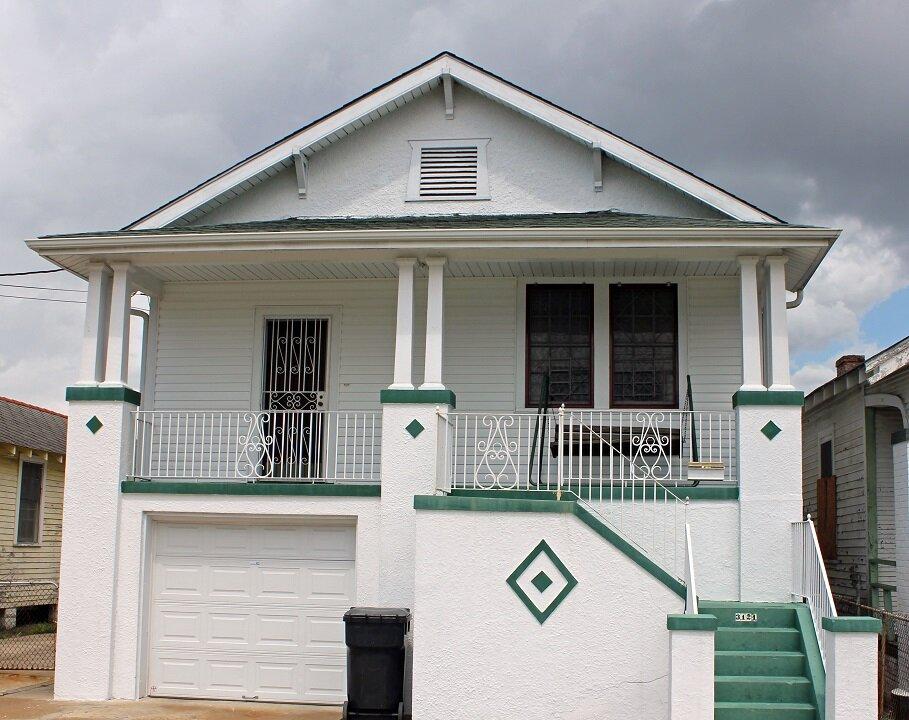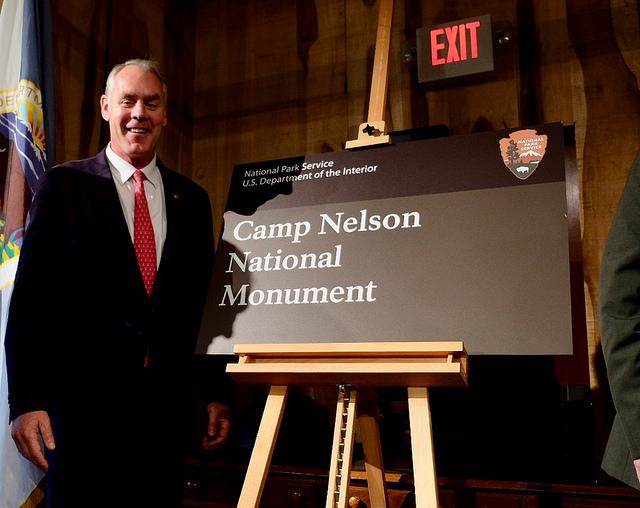NEW YORK—For New Yorkers constantly on the go, the city’s parks are a place to unwind, exercise, and take in a little bit of nature amid the concrete jungle. But what about making a park your final resting spot?
It’s hard to think of picking out a plot in a park, but the trendsetting New Yorkers of the 1830s got in early on garden cemeteries, which mix useable park space and cemeteries. Now, almost 200 years later, modern New Yorkers can enjoy the same dual-purpose parks today—or so Green-Wood Cemetery in Brooklyn would like you to believe anyway.
Victorian-era New Yorkers were getting their first taste of the industrial revolution, which brought a much quicker pace of life. Much like the modern New Yorkers, they were looking for a place to unwind from the high-speed pace of the city.
“They wanted a physical space that would symbolically check the grid of the center of the city,” said Aaron Sachs, associate professor of history and American studies at Cornell University, who gave a lecture about the trend on Tuesday.
Sachs said garden cemeteries started in Mount Auburn, Mass., in 1831, where the landscape architects at the time learned to “adapt to nature, not conquer it.” They used the rolling hills, minimized tree loss, and tried to keep the feel of the natural environment as much as possible.
According to Sachs, death was considered a part of life back then. It was a time when people embraced the cycle of life and seeing flourishing trees was a way to see death in a positive way.







